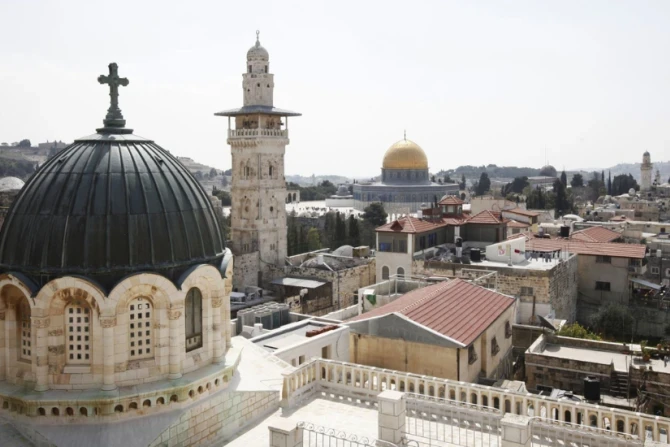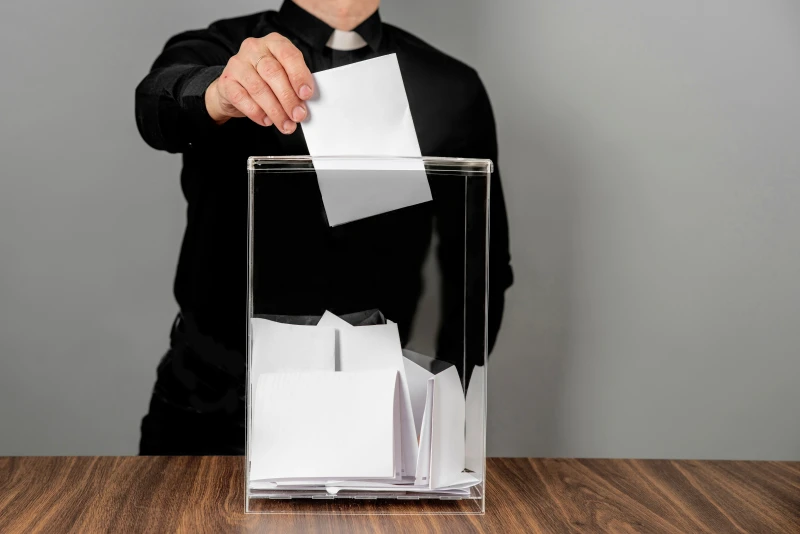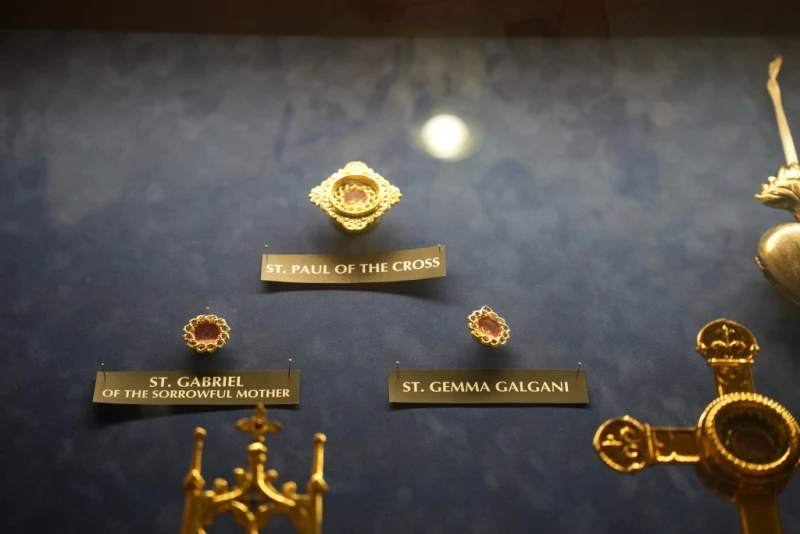

A baby girl at Mary’s Comfort maternity home in Springfield, Virginia. / Credit: Courtesy of Mary’s Comfort
CNA Staff, Oct 31, 2025 / 09:00 am (CNA).
After a homily inspired a group of parishioners to live out their pro-life beliefs and start a maternity home in Springfield, Virginia, for mothers with crisis pregnancies, one woman shared her experience working there.
Kathleen Moyer, president of the Mary’s Comfort Board of Directors and a dedicated volunteer, shared about what it is like to volunteer with the maternity home in an interview with CNA.
CNA: What inspired you to volunteer at the maternity home? How does your faith play a role in your volunteer work?
Moyer: My faith is at the core of my volunteerism and specifically my involvement in Mary’s Comfort. Let me explain: The call to serve others is one I take seriously as a Christian and Catholic. As for Mary’s Comfort, the initial inspiration for a small group of volunteers to take on the challenge of creating it came from my pastor at St. Bernadette, Father Don Rooney, who challenged the congregation to live out our pro-life beliefs.
He noted that pregnant women in crisis — whether financial, physical, or otherwise — don’t really have a viable option to bring new life into this world. They need to know there is support out there. They need to be given a reason to hope. So, that’s how it all started.
That was three years ago. I’m sometimes amazed by how far we’ve come. I want to be clear, though, that we welcome women of all backgrounds and creeds. We are fortunate to have donors and supporters from several faiths, as well as secular groups. Our volunteers are diverse, too. Many of us are Catholic, but certainly not all. I think it speaks volumes that it is an interfaith effort.
What would you say to a woman facing an unexpected pregnancy? What would you say to someone considering volunteering at a maternity clinic?
Here’s what I would like to say to women facing unexpected pregnancies: We’re here for you. There is reason to hope. There are people who care. Mary’s Comfort is a safe haven where you can take a deep breath, regroup, reassess, and contemplate the future with a clear mind. Of course, there are other shelters for pregnant moms waiting to welcome you, too. You are not alone.
To those considering volunteering at a home for pregnant moms, I would say take the leap — you’ll never regret it. You might miss a rerun of your favorite TV show, have a little less time to read, or slow your ascent to becoming a pickleball pro, but I would ask you to stack any of those sacrifices against the joy of knowing you helped bring hope to someone desperately in need of it.
Even more special, you may get the chance to play a role in welcoming a new life into this world. There are no words to describe the emotions that flooded over me the first time I held one of the babies born to a Mary’s Comfort mom. It’s powerful.
What is it like to be with these women as they choose life? Is there a particular moment that stands out to you?
There isn’t just one single moment that stands out to me because there are so many important moments between the time our guests arrive and when we get to welcome new life into this world. For example, one of our guests walked into Mary’s Comfort for the first time and just cried. They were tears of joy. She said she never expected it to be so nice and welcoming.
Another guest kept asking, “Why would you do this for me?” Their utter disbelief that strangers would care so deeply about them was striking.
We helped another guest attend a class to achieve a higher level of certification and get a better job. When she passed the test, a collective cheer rang out among the volunteers. It was a small but critical milestone on the road to independence and self-sufficiency.
Of course, the crowning moment was when I met the first baby born to a Mary’s Comfort mom. As I said before, there are no words to describe the emotions that flooded over me. It’s powerful stuff.

What is it like to volunteer at a maternity home? What is a day or week in your life like? How do you balance volunteering with your other responsibilities?
Volunteering at a home for pregnant moms is incredibly rewarding and also full of surprises — no two months have been the same. The needs and challenges each guest faces have been different, so we must be nimble and creative to provide the level of support needed to give them hope and confidence.
Similarly, there is no typical week for me. I work a full-time job in addition to being president of the Mary’s Comfort board of directors and an active volunteer who jumps in when needed.
If I had a message for those who might be thinking about volunteering but worry it would be too much with a full-time job, I’d say go for it! Many of our volunteers work full time and still find ways to contribute in very meaningful ways. As an all-volunteer-run charity, we are very flexible and, frankly, wouldn’t succeed without volunteers of many different backgrounds and stages in life — working and retired.

You asked how I balance volunteering and other parts of life. I guess my mindset is that volunteering is an important part of life if I’m living the life I believe I was called to live. But volunteering is not just about checking the box on a moral obligation, it’s about doing something that brings joy to others, and in this case, has played some small role in new life being welcomed into this world.
It has brought new perspective and new joy to the rest of my life, so finding balance isn’t so hard.
If you could put your experience at Mary’s Comfort into one word, what would that word be and why?
Grateful. Why? Because this experience has taught me to be grateful on so many levels: grateful for all the blessings in my life; grateful to work alongside such committed volunteers who just don’t give up no matter what challenges lie before us; grateful for the opportunity to serve others in this consequential way.
Read More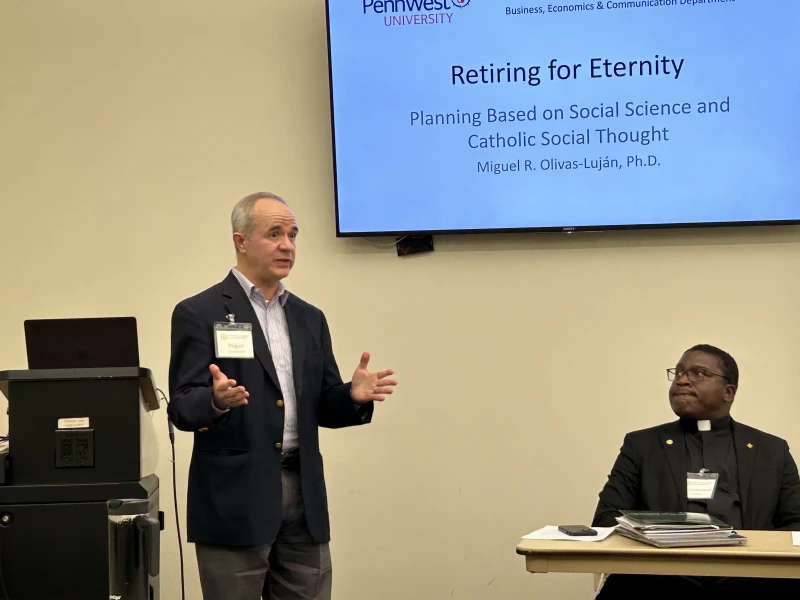


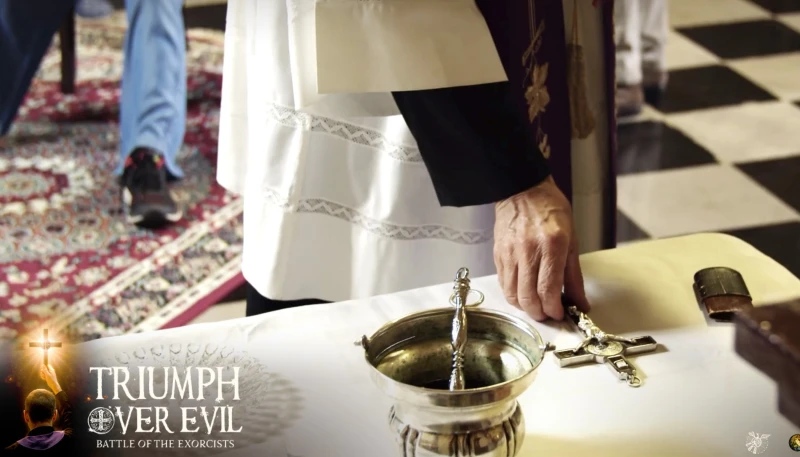

![‘Every execution should be stopped’: How U.S. bishops work to save prisoners on death row #Catholic
null / Credit: txking/Shutterstock
CNA Staff, Oct 25, 2025 / 06:00 am (CNA).
Bishops in multiple U.S. states are leading efforts to spare the lives of condemned prisoners facing execution — urging clemency in line with the Catholic Church’s relatively recent but unambiguous declaration that the death penalty is not permissible and should be abolished. Executions in the United States have been increasingly less common for years. Following the death penalty’s re-legalization by the U.S. Supreme Court in 1976, executions peaked in the country around the turn of the century before beginning a gradual decline.Still, more than 1,600 prisoners have been executed since the late 1970s. The largest number of those executions has been carried out in Texas, which has killed 596 prisoners over that time period.As with other states, the Catholic bishops of Texas regularly petition the state government to issue clemency to prisoners facing death. Jennifer Allmon, the executive director of the Texas Catholic Conference of Bishops, told CNA that the state’s bishops regularly urge officials to commute death penalty sentences to life in prison. “We refer to it as the Mercy Project,” she said. Though popular perception holds that the governor of a state is the ultimate arbiter of a condemned prisoner’s fate, Allmon said in Texas that’s not the case. “The state Board of Pardons and Paroles has the ultimate authority,” she said. “The governor is only allowed to issue a 30-day stay on an execution one time. He doesn’t actually have the power to grant a permanent clemency.” “We don’t encourage phone calls to the governor because it’s not going to be a meaningful order,” she pointed out. “The board has a lot more authority.”Allmon said the bishops advocate on behalf of every condemned prisoner in the state. “We send a letter to the Board of Pardons and Paroles and copy the governor for every single execution during the time period when the board is reviewing clemency applications,” she said. “Typically they hold reviews about 21 days before the execution. We time our letters to arrive shortly before that.” “We research every single case,” she said. “We speak to the defendant’s legal counsel for additional information. We personalize each letter to urge prayer for the victims and their families, we mention them by name, and we share any mitigating circumstances or reason in particular that the execution is unjust, while always acknowledging that every execution should be stopped.”Some offenders, Allmon said, want to be executed. “We do a letter anyway. We think it’s important that on principle we speak out for every execution.”In Missouri, meanwhile, the state’s Catholic bishops similarly advocate for every prisoner facing execution by the government. Missouri has been among the most prolific executors of condemned prisoners since 1976. More than half of the 102 people executed there over the last 50 years have been under Democratic governors; then-Gov. Mel Carnahan oversaw 38 state executions from 1993 to 2000 alone. Jamie Morris, the executive director of the Missouri Catholic Conference, told CNA that the state bishops “send a clemency request for every prisoner set to be executed, either through a letter from the Missouri Catholic Conference or through a joint letter of the bishops.”“We also highlight every upcoming execution through our MCC publications and encourage our network to contact the governor to ask for clemency,” he said. Individual dioceses, meanwhile, carry out education and outreach to inform the faithful of the Church’s teaching on the death penalty. What does the Church actually teach?The Vatican in 2018 revised its teaching on the death penalty, holding that though capital punishment was “long considered an appropriate response” to some crimes, evolving standards and more effective methods of imprisonment and detention mean the death penalty is now “inadmissible because it is an attack on the inviolability and dignity of the person.”The Church “works with determination for its abolition worldwide,” says the Catechism of the Catholic Church, the revision of which was approved by Pope Francis. The Church’s revision came after years of increasing opposition to the death penalty by popes in the modern era. Then-Pope John Paul II in 1997 revised the catechism to reflect what he acknowledged was a “growing tendency, both in the Church and in civil society, to demand that [the death penalty] be applied in a very limited way or even that it be abolished completely.”The Death Penalty Information Center says that 23 states and the District of Columbia have abolished capital punishment. Morris told CNA that bills to abolish the death penalty are filed “every year” in Missouri, though he said those measures have “not been heard in a legislative committee” during his time at the Catholic conference. Bishops have thus focused their legislative efforts on advocating against a provision in the Missouri code that allows a judge to sentence an individual to death when a jury cannot reach a unanimous decision on the death penalty. Brett Farley, who heads the Catholic Conference of Oklahoma, said the state’s bishops have been active in opposing capital punishment there after a six-year moratorium on the death penalty lapsed in 2021 and executions resumed. Oklahoma City Archbishop Paul Coakley and Tulsa Bishop David Konderla “have been very outspoken both in calling for clemency of death row inmates and, generally, calling for an end to the death penalty,” Farley said. The prelates have called for abolition via Catholic publications and in op-eds, he said.The state’s bishops through the Tulsa Diocese and Oklahoma City Archdiocese have also instituted programs in which clergy and laity both minister to the condemned and their families, Farley said. The state Catholic conference, meanwhile, has led the effort to pass a proposed legislative ban on the death penalty. That measure has moved out of committee in both chambers of the state Legislature, Farley said. “We have also commissioned recent polls that show overwhelming support for moratorium among Oklahoma voters, which demonstrate as many as 78% agreeing that ‘a pause’ on executions is appropriate to ensure we do not execute innocent people,” he said. Catholics across the United States have regularly led efforts to abolish the death penalty. The Washington, D.C.-based group Catholic Mobilizing Network, for instance, arose out of the U.S. bishops’ 2005 Catholic Campaign to End the Use of the Death Penalty. The group urges activists to take part in anti-death penalty campaigns in numerous states, including petitioning the federal government to end the death penalty, using a “three-tiered approach of education, advocacy, and prayer.”Catholics have also worked to end the death penalty at the federal level. Sixteen people have been executed by the federal government since 1976. Executions in the states have increased over the last few years, though they have not come near the highs of the late 1990s and early 2000s. Allmon said Texas is seeing “fewer executions in general” relative to earlier years. The number of executions was very high under Gov. Rick Perry, she said; the Republican governor ultimately witnessed the carrying out of 279 death sentences over his 15 years as governor. Since 2015, current Gov. Greg Abbott has presided over a comparatively smaller 78 executions. “It still shouldn’t happen,” she said, “but it’s a huge reduction.”](https://unitedyam.com/wp-content/uploads/2025/10/every-execution-should-be-stopped-how-u-s-bishops-work-to-save-prisoners-on-death-row-catholic-null-credit-txking-shutterstockcna-staff-oct-25-2025-0600-am-cna-bi.webp)



